MHD Fluent Tutorial, CFD Simulating the Magnetic Field Effect on Nanofluid
MHD Fluent Tutorial, CFD Simulating the Magnetic Field Effect on Nanofluid
- Upon ordering this product, you will be provided with a geometry file, a mesh file, and an in-depth Training Video that offers a step-by-step training on the simulation process.
- For any more inquiries regarding the product, please do not hesitate to reach out to us at info@CFDLAND.com or through our online support assistant.
€145 Original price was: €145.€125Current price is: €125.
The ability to precisely control heat transfer is a critical goal in advanced engineering. A fascinating way to achieve this is through Magnetohydrodynamics (MHD), the study of how magnetic fields can influence electrically conductive fluids. When a special fluid called a nanofluid—a base fluid containing tiny, suspended nanoparticles—is placed in a porous medium and exposed to a magnetic field, we can actively manage its flow and heat distribution. The science behind this is the Lorentz force: the magnetic field exerts a force on the moving nanoparticles, which acts like a brake, resisting the fluid’s motion. Understanding this Magnetic Field Effect on Nanofluid is vital for developing next-generation technologies like high-performance cooling systems, microfluidic devices, and more efficient energy systems. A Nanofluid MHD CFD simulation is the most powerful tool available to investigate this complex interaction. This project performs a detailed simulation based on the reference paper “MHD Natural Convection Heat Transfer in a Porous Square Cavity Filled by Nanofluids with Viscous Dissipation” by Haritha et al. [1].
- Reference [1]: Haritha, C., Balla Chandra Shekar, and Naikoti Kishan. “MHD natural convection heat transfer in a porous square cavity filled by nanofluids with viscous dissipation.” Nanofluids7.5 (2018): 928-938.
- Reference [2]: Khanafer, Khalil, Kambiz Vafai, and Marilyn Lightstone. “Buoyancy-driven heat transfer enhancement in a two-dimensional enclosure utilizing nanofluids.” International journal of heat and mass transfer19 (2003): 3639-3653.
- Reference [3]: Hussain, Sajid, et al. “Numerical investigation of magnetohydrodynamic slip flow of power-law nanofluid with temperature dependent viscosity and thermal conductivity over a permeable surface.” Open Physics 15.1 (2017): 867-876
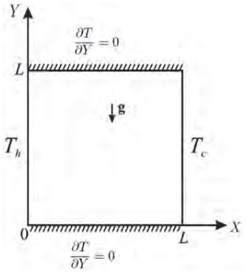
Figure 1: The 2D geometry and coordinate system for the Nanofluid MHD CFD simulation in a porous cavity [1].
Simulation Process: Modeling Magnetic Field Effects on Nanofluid with the Fluent MHD Module
To accurately perform this Magnetic Field Effect On Nanofluid Fluent simulation, we first created the simple 2D square geometry and filled it with a structured mesh. The real complexity lies in the physics setup within ANSYS Fluent. The first critical step was to activate the MHD module. This special module allows us to apply an external magnetic field across the domain. Next, we defined the cavity as a Porous Zone, which simulates the resistance to flow caused by the porous material.
The nanofluid itself was modeled using a single-phase approach, where the properties of the mixture (like thermal conductivity and viscosity) were defined as a single fluid. The entire simulation is governed by key non-dimensional numbers, including the Rayleigh number (Ra), which represents the strength of the natural convection currents.
Post-processing: How the Magnetic Field Governs Nanofluid Flow and Heat Transfer
The simulation results tell a clear story about a battle between two invisible forces: the natural upward push of buoyancy and the downward pull of the magnetic brake. The process starts with the temperature difference. The hot left wall heats the nanofluid, making it less dense and causing it to rise. The cold right wall cools the fluid, making it denser and causing it to sink. This should create a strong, circular convection current. However, the external magnetic field creates a Lorentz force that actively resists this fluid motion, acting like a brake on the entire system.
The temperature contour in Figure 2 is the perfect visual evidence of this battle. Instead of seeing strong vertical plumes of hot (red) and cold (blue) fluid, the temperature bands are stretched out diagonally. The hot fluid struggles to move across the top of the cavity, and the cold fluid struggles to move across the bottom. This stretched, layered pattern is a classic sign that the natural convection has been significantly suppressed by the Magnetic Field Fluent simulation. The magnetic force is preventing the fluid from mixing freely, forcing the heat to transfer more slowly through conduction rather than rapid convection.
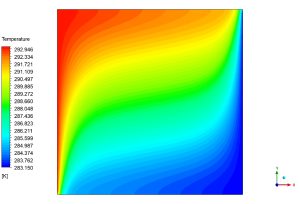
Figure 2: Temperature contour showing the suppression of natural convection due to the Magnetic Field Effect On Nanofluid in the cavity.
But how does this affect the overall performance? The table below provides the answer. It shows that as the driving force for convection (the Rayleigh number, Ra) increases, the heat transfer rate (Nusselt number, Nu) also increases dramatically.
| Rayleigh Number (Ra) | k_nf | k_f | T_h – T_c | Nu |
|---|---|---|---|---|
| 10 | 0.816296 | 0.613 | 10 | 0.918611 |
| 100 | 0.816296 | 0.613 | 10 | 2.074417 |
| 1000 | 0.816296 | 0.613 | 10 | 6.554203 |
| 10000 | 0.816296 | 0.613 | 10 | 7.572722 |
The most significant achievement of this Nanofluid MHD CFD simulation is quantifying this complex relationship: even with the magnetic field acting as a brake, a 724% increase in the Nusselt number is observed when the Rayleigh number goes from 10 to 10,000. This proves that while the magnetic field can effectively control and suppress convection (as seen in the temperature contour), the fundamental buoyancy force still dominates the system’s ability to transfer heat. This gives engineers a powerful tool to precisely regulate heat transfer in advanced thermal systems.
This data confirms that heat transfer enhancement becomes more pronounced at higher Ra values, with the Nu value increasing approximately 724% from Ra=10 to Ra=10000, despite the consistent thermal conductivity ratio (k_nf/k_f=1.33). This demonstrates how the magnetic field produces increasingly significant flow modifications as thermal buoyancy strengthens, creating complex interactions between the magnetohydrodynamic forces and natural convection within the porous medium.
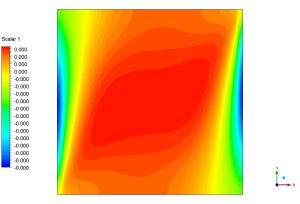
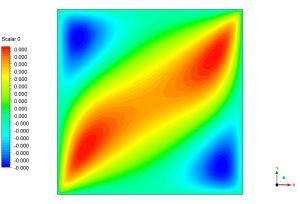
Figure 3: Magnetic field effect in the cavity
We pride ourselves on presenting unique products at CFDLAND. We stand out for our scientific rigor and validity. Our products are not based on guesswork or theoretical assumptions like many others. Instead, most of our products are validated using experimental or numerical data from valued scientific journals. Even if direct validation isn’t possible, we build our models and assumptions on the latest research, typically using reference articles to approximate reality.
Yes, we’ll be here . If you have trouble loading files, having technical problems, or have any questions about how to use our products, our technical support team is here to help.
You can load geometry and mesh files, as well as case and data files, using any version of ANSYS Fluent.
€160 Original price was: €160.€75Current price is: €75.

€190 Original price was: €190.€95Current price is: €95.

€295 Original price was: €295.€175Current price is: €175.

€320 Original price was: €320.€175Current price is: €175.

€245 Original price was: €245.€185Current price is: €185.

€240 Original price was: €240.€135Current price is: €135.



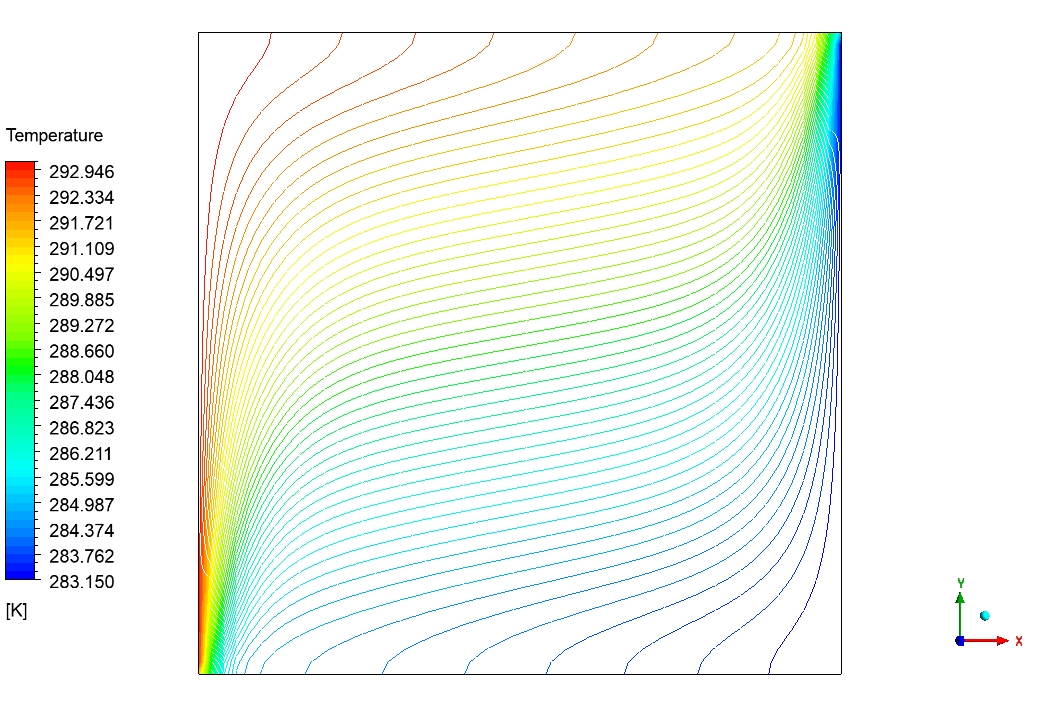
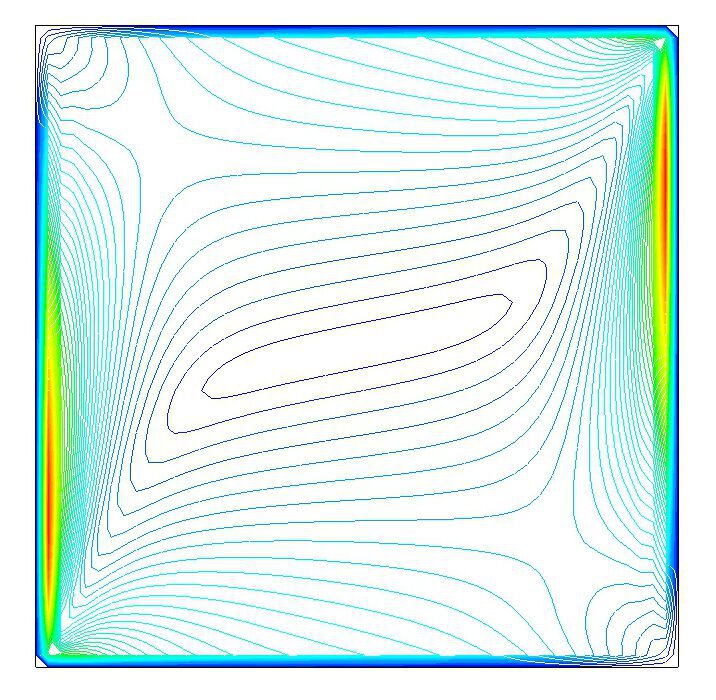
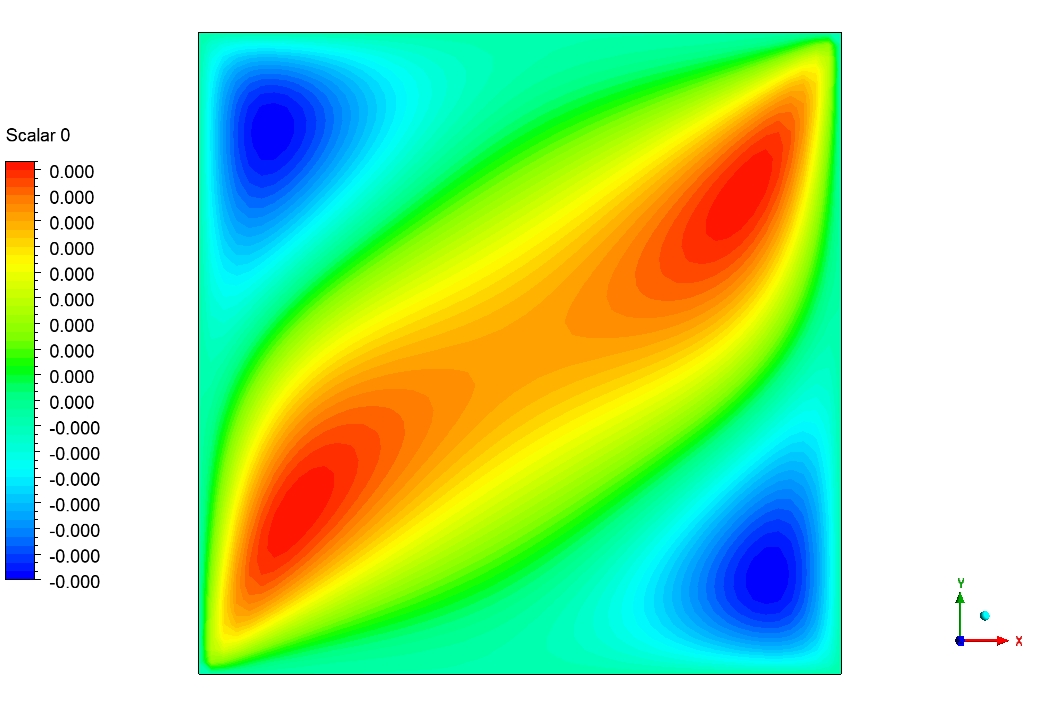
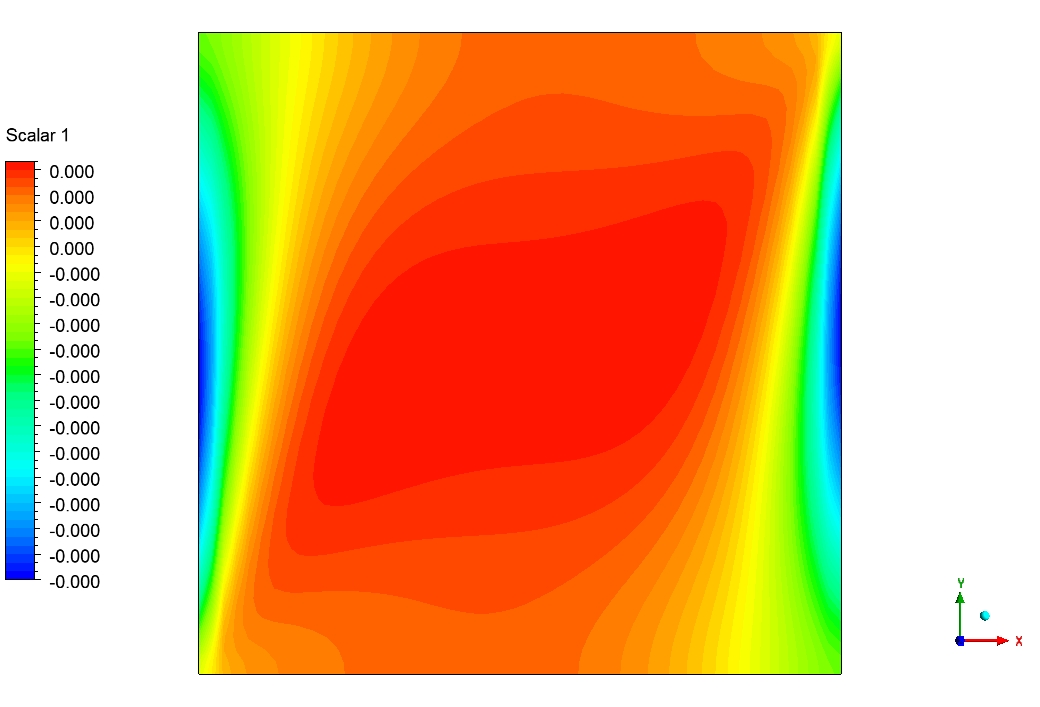
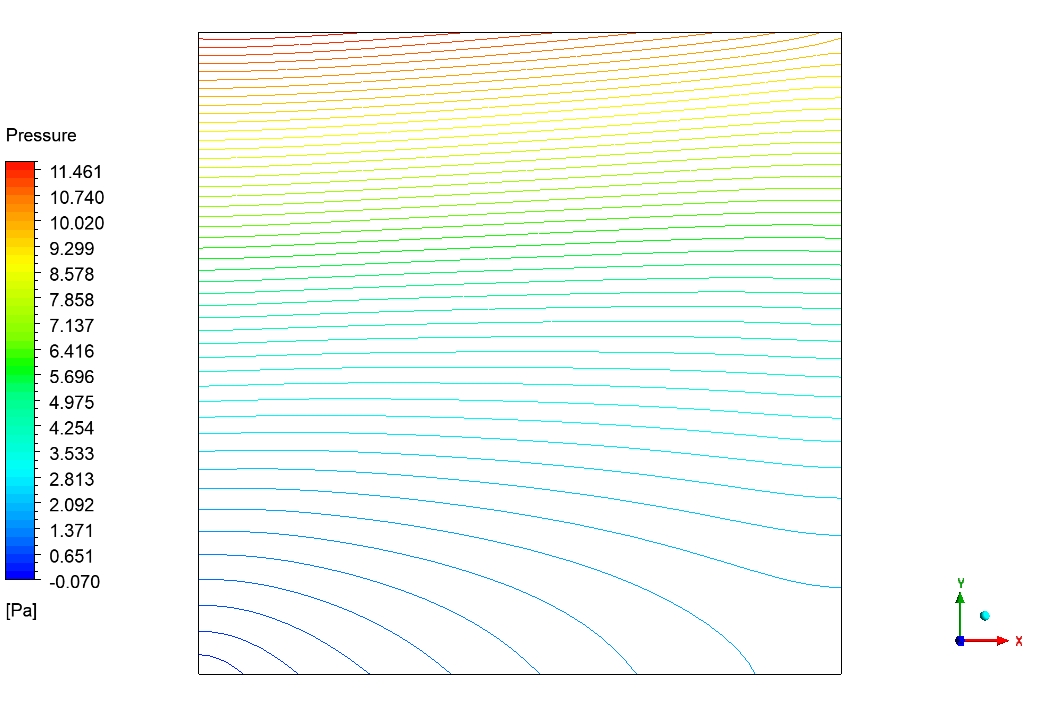







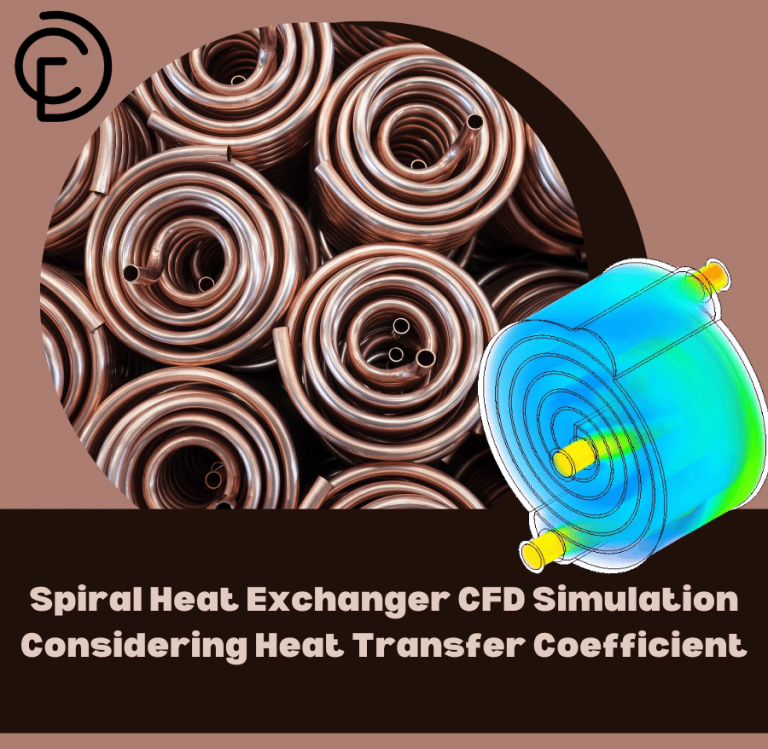





Reviews
There are no reviews yet.